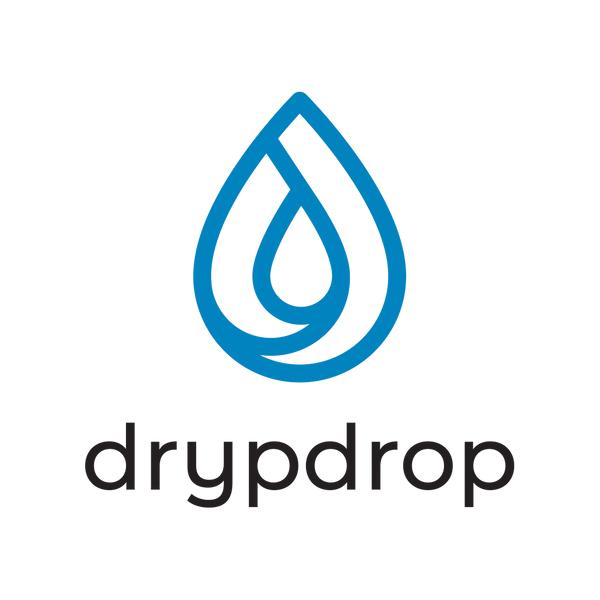Typical non-profit athletic organizations such as sports leagues or teams face the complex challenge of funding their operations from a variable membership base. Administrators for these teams are typically volunteers that change over time, which makes it challenging to implement and sustain new processes. Most organizations rely on just 3 primary sources of revenue, that are primarily tied to the size of their membership/alumni base.
Primary Revenue Sources
- Membership Dues
- Alumni/Supporter Donations
- Corporate Sponsorship
- (if applicable) Merchandise & Concessions
The problem with relying too heavily on your membership base is that it fluctuates naturally over time. Each cycle (too few/many players) causes unique issues in budgeting accurately and ultimately finding enough money to cover unexpected expenses. Furthermore, long term planning isn't effective since sustainable growth takes ongoing investment and funding.
Sustainable Growth Strategy
We understand that there are a lot of factors that go into building a successful athletic organization. Facilities, coaching and equipment are all easier to access when your team has a strategy for long term revenue growth. New players are attracted to quality organizations that invest in player development and provide opportunity to excel on/off the field.
- Membership Dues
- Growth comes from team performance and public interest
- Sustainability comes from providing a high-quality team experience and fostering a strong cultural identity
- Alumni/Supporter Donations
- Growth comes from outreach and engagement with prior players and supporters.
- Sustainability comes by reinvesting in your supporters and helping them feel valuable to the success of the organization
- Corporate Sponsorship
- Growth comes from greater visibility and engagement with your organization
- Sustainability comes from a long-term brand building strategy that grows your engaged audiences.
How Shopify Changes Things
The primary benefit of a good eCommerce platform is the ability to largely centralize the revenue streams for an organization. Shopify provides a flexible platform that can be adapted to provide a variety of functions and implemented alongside an existing website. We created a model site using the free Debut theme, to demonstrate some of the key functions we think would benefit most small organizations.
Key Shopify Functions
- Team/Fan Apparel Store
- Point-of-sale Functionality
- Membership Dues & Alumni Donations
- Contact/Recruitment Forms
- Blog Content
- Social Feeds
The key area we see as an opportunity for growth for most athletic non-profits, is in taking control of apparel purchasing and capturing the margin in-between the product/decoration cost and the ultimate sale price. Most organizations don't profit at all off their apparel and ultimately end up paying much higher prices, with that margin going directly to their apparel supplier. Organizations should be aiming to earn 20-30% margin on their apparel orders and can do so by building their own wholesale ordering process.
How Drypdrop Helps
As members of a club rugby team, we understand the unique funding challenges that an inconsistent membership base presents. We created a simple package for creating a website and product supply/design support as needed. We provide a transparent pricing model on all products we supply to show the cost of the base products + decoration + our margin. We also provide ongoing service packages that can ensure that administrators have the support needed to fully utilize the systems/processes we create.
Our Common Services
- Site design and creation (Shopify subscription separate)
- Creation of initial product lines for team/fan apparel
- Order/pre-order support
- Backend management support
- Bulk or individual fulfillment
We understand that running a club team can be tough so we work with teams to create sustainable sources of revenue that they can ultimately own.

